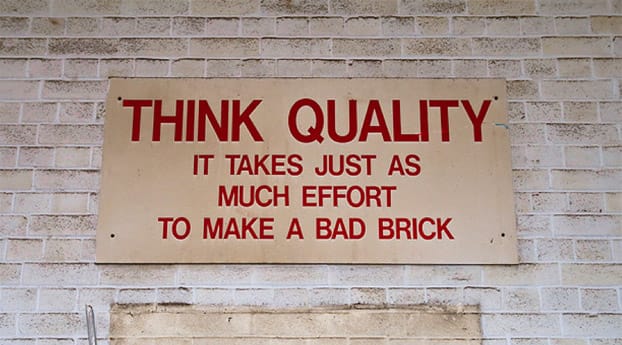Are Your Products to Blame for High Consumer Return Rates?

If you work in the reverse logistics industry, you understand just how important reducing consumer returns is. The first step is always to review and revise your policies to ensure they protect your company and your customer’s interests. But when policies are sound, it might be time to take a deeper look at your products and how they could be directly responsible for your rising return rates.
Quality of the Product
Your company is ready to produce and release a brand-new item. When the product hits the shelves, consumers are excited to try it out. Then, shortly after the release, and much to your dismay, bad reviews start rolling in. You need to figure out why.
All customers want to believe their dollars are well spent. If your product experiences a manufacturing error and the quality becomes questionable, consumers will be disappointed. These days, customers share their good and bad reviews with the rest of the world. The bad reviews can impact your bottom line.
The higher the price point, the more frustrating it will be if the item has issues. It’s essential to perform extensive research, development, and testing to ensure your item stays in line with the quality your customers expect.
Description of the Product/Details
These days it’s normal for consumers to conduct most of their shopping online. The ease of online shopping makes it an attractive option – shop from the comfort of your home in pajamas at any time of day. That makes it all the more critical for companies to fully detail their products – lest they face a spike in consumer returns.
A consumer who shops online will trust the product’s item description to be accurate. Cut down on the potential for returns by detailing all aspects of the item, and don’t be concerned if the description becomes lengthy.
The more detailed an item’s description, the less likely a return will occur later. For example, a clothing designer would want to detail size guides, fit, fabric type, care instructions, and any other information in which their customer is interested. Paint a picture of the item with your words.
Visual Evidence or Lack of it
Think of all the advertising imagery you encounter on a daily basis. From television commercials to billboards and more, the general public is inundated by visual information in an almost constant stream these days. So why not take advantage of that and include more photographic evidence of your products?
One picture of a piece of electronic equipment, for instance, won’t tell the whole story. Take photos from as many angles as possible and make sure to highlight important aspects of the item. In addition, you could include a video showing the product in use or how easy it is to install.
Reverse logistics relies on the reduction of consumer returns to help ensure a profit margin. By examining the quality of your product and releasing only the best version of the item to the public, you can cut back on returns. Give detailed written descriptions that tell the full story of your products, then enhance those descriptions with visual evidence.
Image credit: thirtyfootscrew



